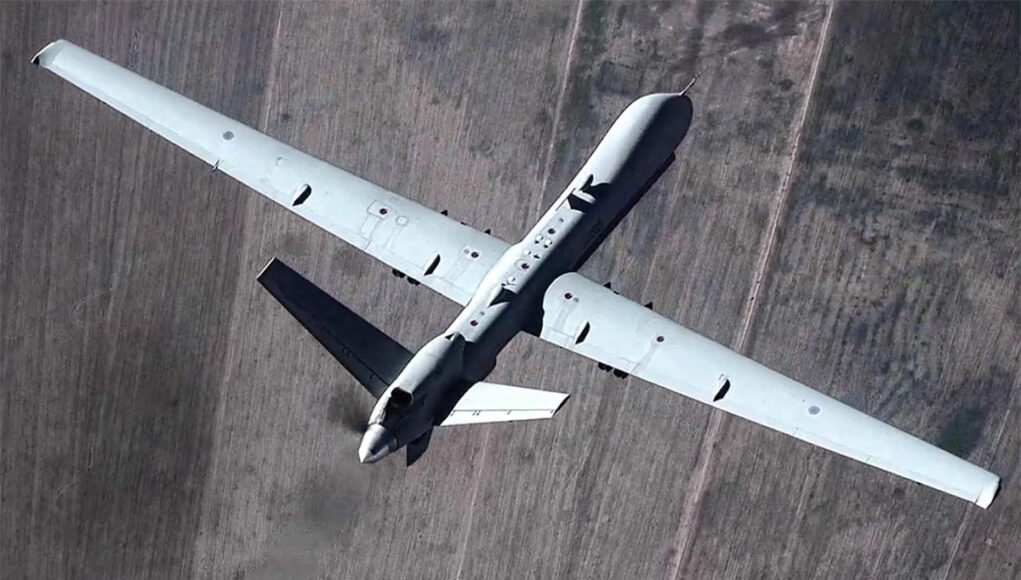The government has again ruled out transferring any MQ-9 Reaper remotely piloted aircraft to Ukraine, even as the RAF formally retires the platform after 18 years of operations.
Liberal Democrat MP James MacCleary pressed ministers on whether the drones referenced in earlier answers might now be made available to Kyiv, particularly given shifts in US export control policy. He asked separately whether the fleet would be scrapped, sold or donated once it leaves service.
In both written replies, defence minister Al Carns repeated the position set out in April. “There are no plans to donate any MQ-9 Reaper Remotely Piloted Air Systems to Ukraine,” he wrote. In the second answer he added that “there are no plans to sell or donate any MQ-9 Reaper Remotely Piloted Air Systems to Ukraine.”
He stressed that disposal will be handled under Foreign Military Sales rules. “Disposal will be managed in accordance with our Foreign Military Sales (FMS) contractual obligations,” making clear that the UK is bound not only by its own policy but by US controls.
The exchange comes weeks after the RAF confirmed that Reaper has now made its final operational flight. According to the RAF, the MQ-9 fleet entered service in 2007, supported UK operations in Afghanistan and later flew “in excess of 173,000 flying hours” during Operation Shader. The service said the aircraft’s contribution was “critical in supporting UK and coalition forces,” and described its retirement as marking the end of a major phase in UK remotely piloted air operations.
The RAF is transitioning to the MQ-9B Protector, which is certified to fly in UK airspace and deliver longer endurance and upgraded sensors. XIII Squadron, the final Reaper unit, noted the significance of the change. Gp Capt Stu McAdam said it was “with a heavy heart but immense pride” that crews flew the final mission, adding that Protector would give the ISTAR force “the excellence required” for future operations.














Worth noting that the fleet has seen some seriously heavy usage as well. Probably exceeding 10,000 flight hours for some examples. Granted due to Reaper’s range and role the number of flight cycles won’t be as high as you’d think, or stress on the airframe, but whomever is allowed to buy them will probably need to do an MLU on them to get a decent life out of them.
Seems such a waste.
A valuable asset to others is worthless to us.
If I had my way, they’d have been kept as they were and Protector been used in the European theatre.
That would have necessitated more groundstations, crews, and bandwidth of course, which don’t exist and which the government show no sign of increasing.
And thus, away they go.
They depart to be replaced by something better. They would require more logistical trains and more manpower per frame when they could be better utilised on the new frame.
It simply is too old to be useful for us. And the thing is, any country that would want it, would get the newer version. Hell, we can’t even give it a second life as a Police focused role, as it’s a risk to civilian traffic that the Protector airframe complies with.
if the reported US (no pun intended) ceasefire plan was to happen a lot of kit will come back from UKR for future use.